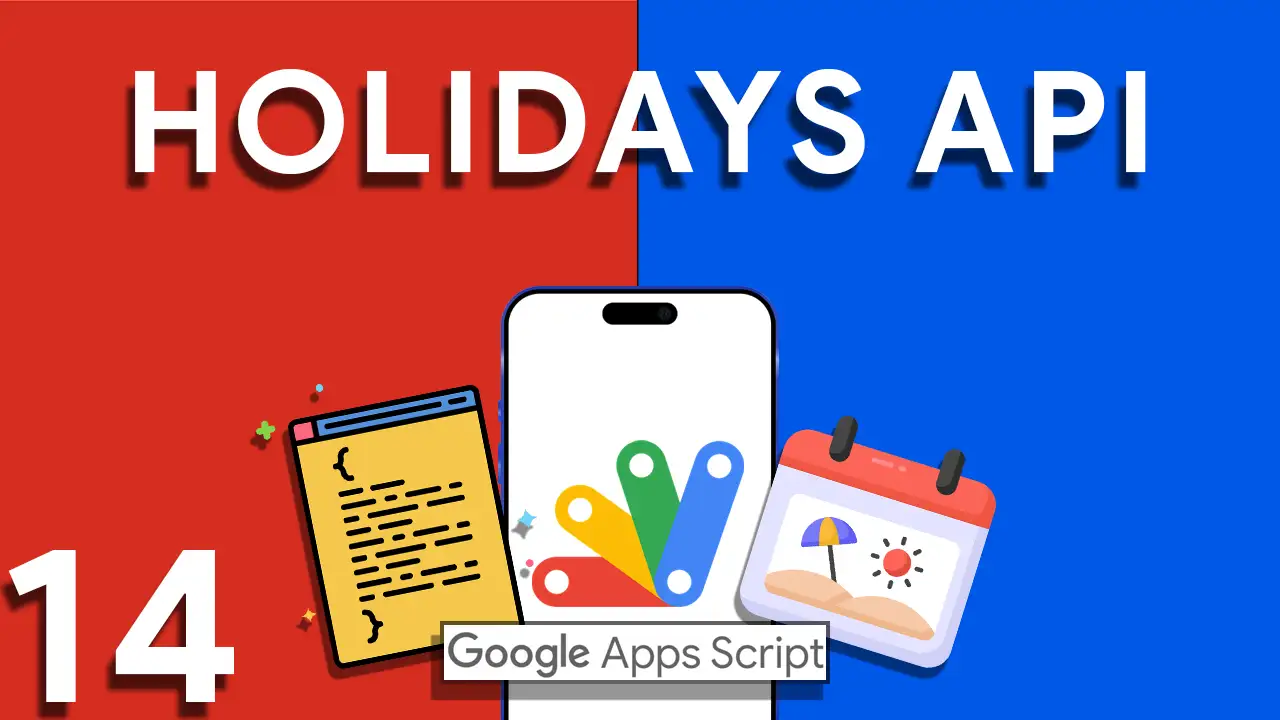Data management is at the heart of app development, and AppSheet excels in providing powerful tools for handling data. One such tool is the Data Slice feature, a versatile functionality that allows professionals and app creators to control, segment, and optimize their data effectively. In this in-depth blog post, we will explore the intricacies of Data Slices in AppSheet, equipping you with the knowledge to harness this feature for efficient data management.
Demystifying AppSheet Data Slices
Data Slices in AppSheet serve as virtual tables or views that allow you to interact with subsets of your data based on specific criteria. This feature empowers you to:
- Control data access for different users or roles.
- Create dynamic and tailored views of your data.
- Optimize app performance by reducing unnecessary data loading.
Before we delve into creating and utilizing Data Slices, let’s establish a strong understanding of the fundamental concepts:
- Data Source: Data Slices are based on existing data sources, such as Google Sheets, Excel files, or databases, that you’ve connected to your AppSheet app.
- Criteria: Data Slices are defined by criteria or conditions that you set. These criteria determine which records are included in the Data Slice and which are excluded.
- Virtual Tables: Data Slices create virtual tables within your app, allowing you to work with the subset of data that meets the defined criteria without altering your original data source.
- Role-Based Access: You can assign Data Slices to specific user roles, ensuring that each user or group sees only the data relevant to their responsibilities.
Now, let’s explore the steps to implement Data Slices in AppSheet:
Step 1: Identify Your Data Source
- Begin by identifying the data source you want to work with. This can be an existing spreadsheet, database, or external data connection.
Step 2: Define Your Data Criteria
- Determine the criteria that will define your Data Slice. For example, you might want to create a Data Slice that only includes sales records for a specific region or products of a certain category.
Step 3: Create a Data Slice
- In the AppSheet app editor, navigate to the “Data” section and select “Slices.” Click “New Slice” to create a new Data Slice.
Step 4: Configure Data Slice Criteria
- In the Data Slice configuration, specify the criteria that define which records are included in the Data Slice. Use expressions and filters to set these conditions.
Step 5: Assign Roles (Optional)
- If you want to restrict access to the Data Slice based on user roles, configure the “Access Mode” to assign roles. Users with assigned roles will see only the data defined by the Data Slice criteria.
Step 6: Test and Implement
- Test the Data Slice within your app to ensure it displays the subset of data as intended. Implement the Data Slice in relevant views or tables.
Step 7: Monitor and Refine
- Continuously monitor the Data Slice’s performance and data accuracy. Refine the criteria or access settings as needed based on user feedback and evolving data requirements.







